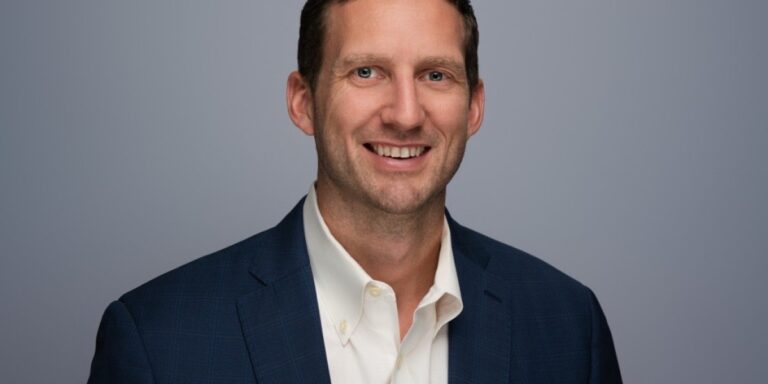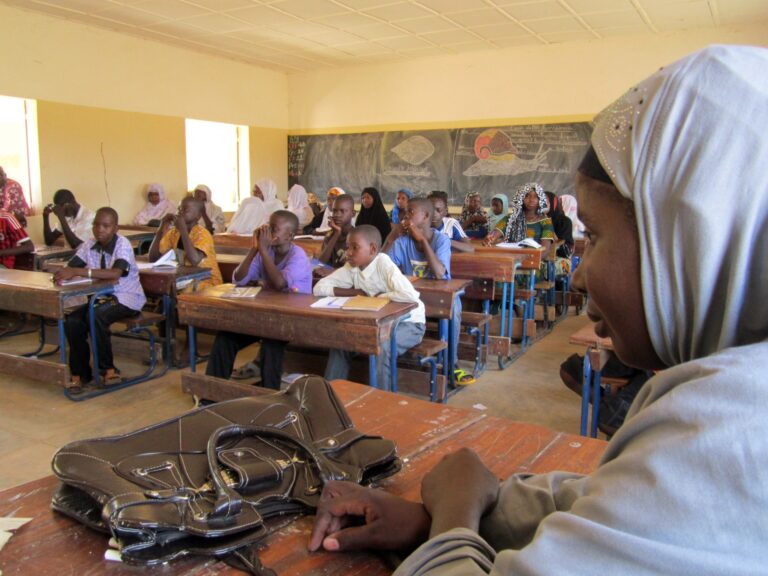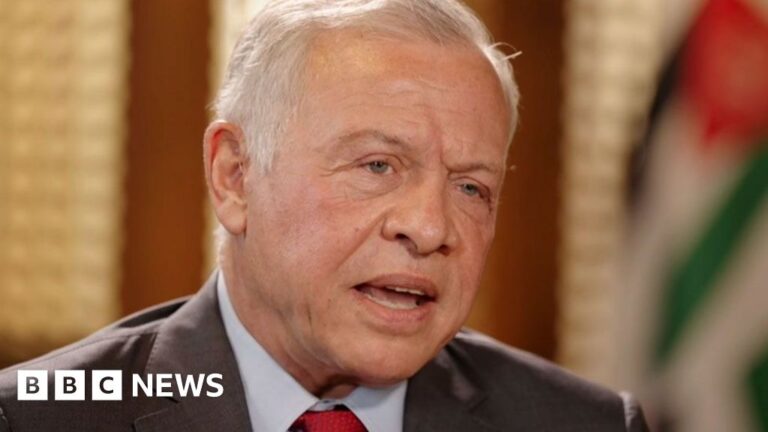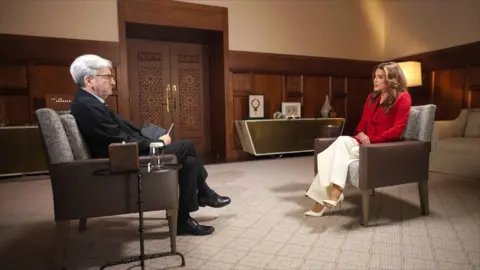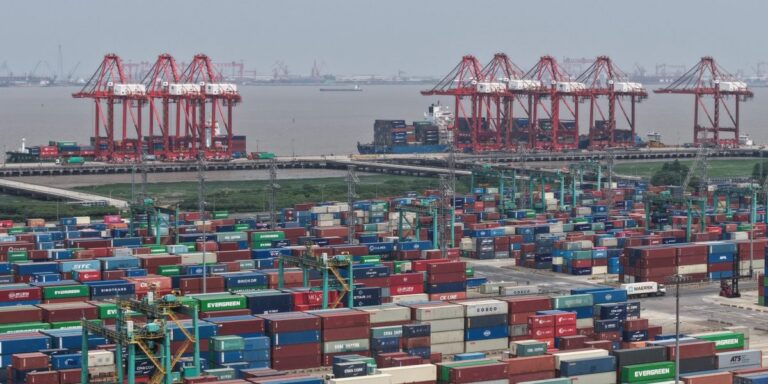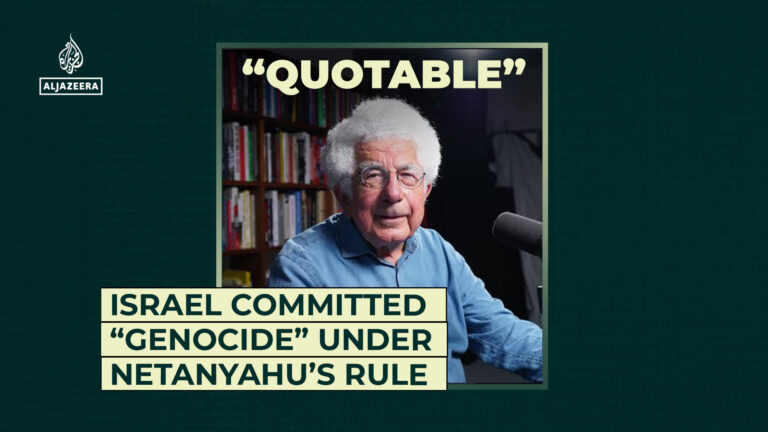Silicon Valley is optimizing for the wrong metric. Most people working in high-stakes domains recognize now that AI will not take every job, but with that realization comes a harder truth: the industry has been building autonomy when it should have been building accountability.
The push for fully autonomous systems, agents that plan, reason, and act without human oversight, has created an automation theater where demos impress, but production systems disappoint. The obsession with autonomy at all costs is not only shortsighted; it is incompatible with how professionals actually work. In law, finance, tax, and other high stakes domains, wrong answers do not just waste time. They carry out real consequences.
The real moat in AI isn’t raw capability. It is trust. Systems that know when to act, when to ask, and when to explain will outperform those that operate in isolation.
The Wrong Metric
AI culture today measures progress by how well a system can do a human task independently. But the most meaningful progress is happening where human judgment remains in the loop.
Research from Accenture shows that companies prioritizing human–AI collaboration see higher engagement, faster learning, and better outcomes than those chasing full automation. Autonomy alone does not scale trust. Collaboration does.
The Architecture of Accountability
Agentic AI is real, but even the most capable systems require human oversight, validation, and review. The true engineering challenge is not removing people from the process. It is designing AI that works with them effectively and transparently.
At Thomson Reuters, we see this every day. AI systems that make reasoning visible, expose confidence levels, and invite user validation are consistently more reliable. They earn trust because they make accountability observable.
Our acquisition of Additive, a generative AI company automating K-1 processing, is one example. The breakthrough was not automation for its own sake. It was precision and explainability in a domain where accuracy is non-negotiable.
What Comes After Automation
AI is driving enormous efficiency gains, but efficiency is not the end of the story. Every new capability expands what professionals can do and, in turn, raises the bar for governance, validation, and transparency.
The best engineers today are not chasing perfect autonomy. They are designing systems that understand when to defer, when to ask for help, and how to make their logic traceable. These are not replacement systems. They are collaboration systems that amplify human judgment.
Trust Is the Real Breakthrough
In high-stakes work, mostly correct is not good enough. A hallucinated citation can unravel a legal argument. A misclassified record can spark a regulatory investigation. These are not perception problems. They are design problems.
Trust is not built through marketing. It is built through engineering. AI systems that can explain their reasoning and make uncertainty visible will define the next era of adoption.
The Future Is Collaborative
The future of AI will not be measured by what machines can do alone, but by how much better we become together. The next generation of innovation will belong to companies that design for collaboration over replacement, transparency over autonomy, and accountability over theater.
The era of automation theater is ending. The future belongs to AI that collaborates, explains, and earns trust.
The opinions expressed in Fortune.com commentary pieces are solely the views of their authors and do not necessarily reflect the opinions and beliefs of Fortune.


